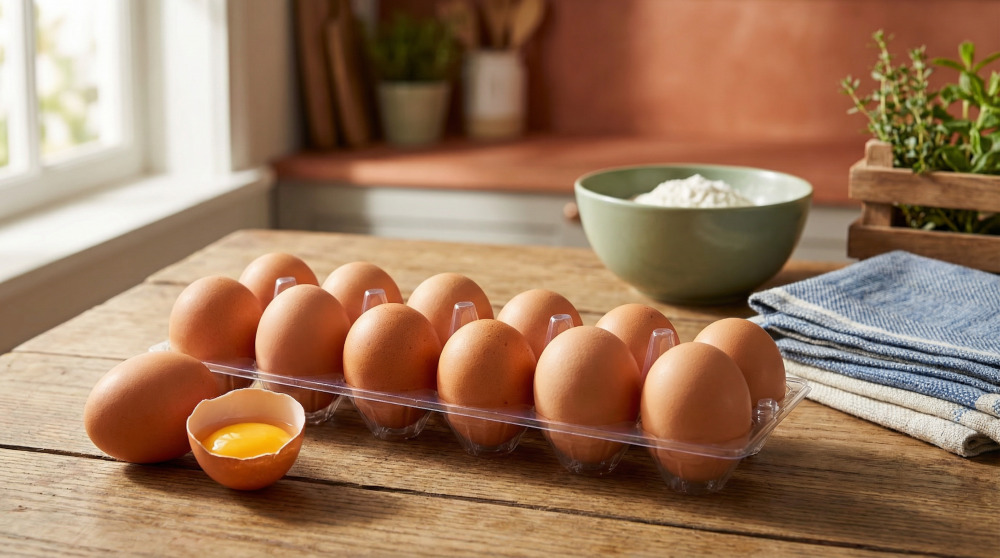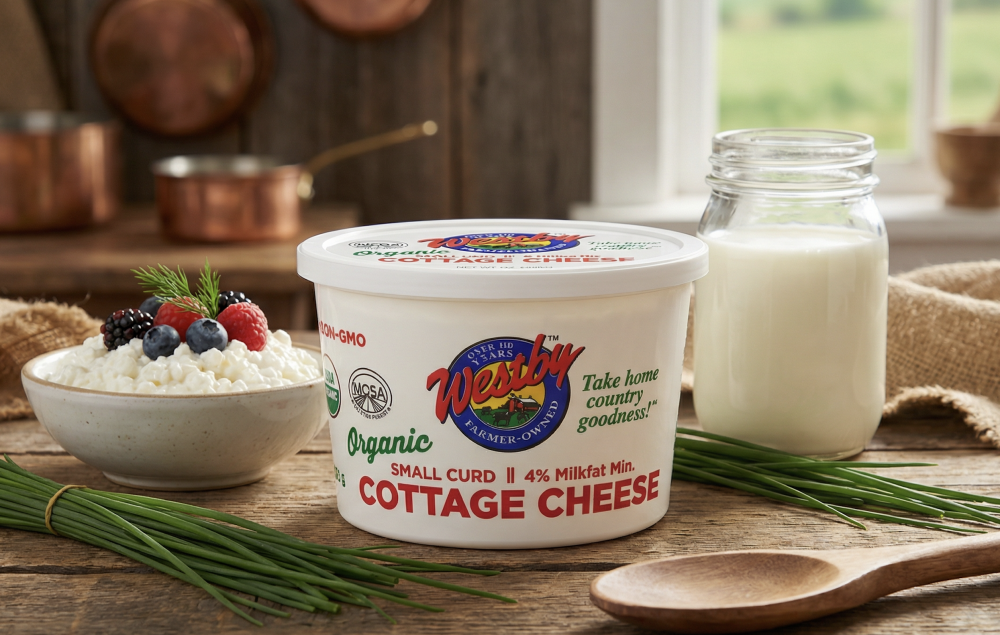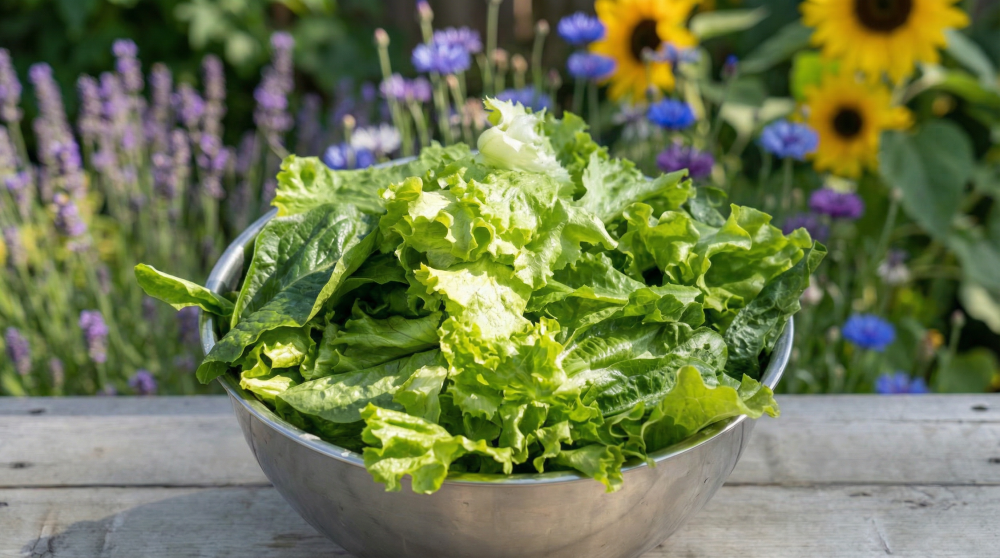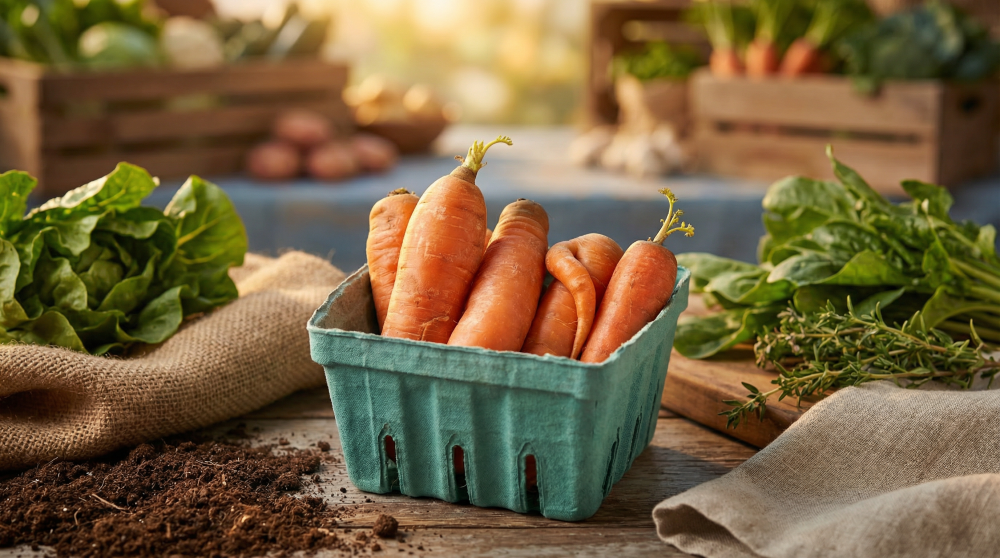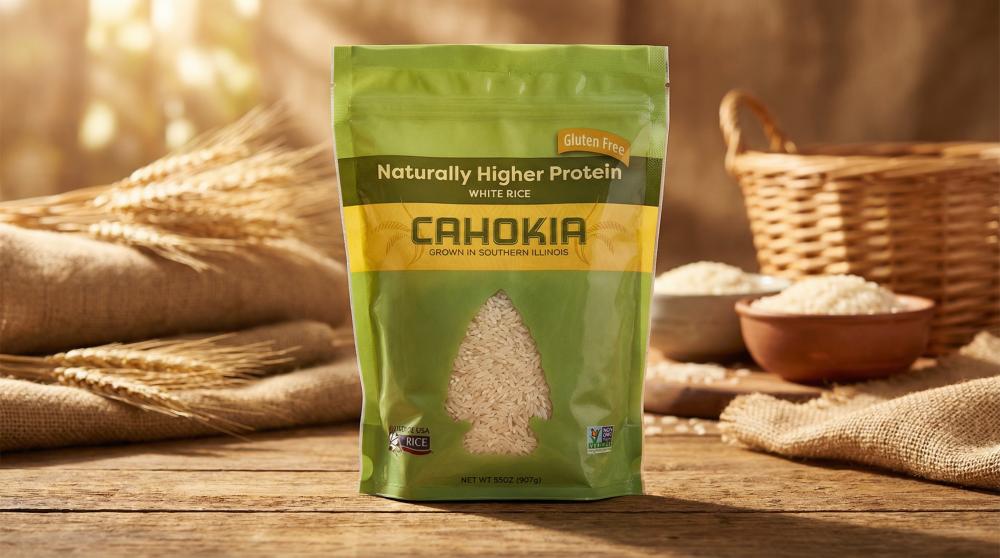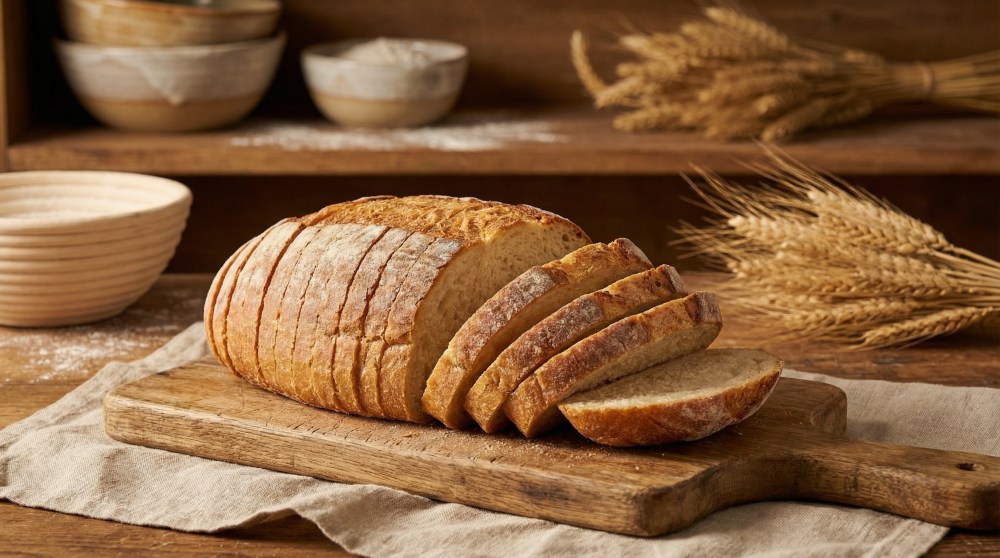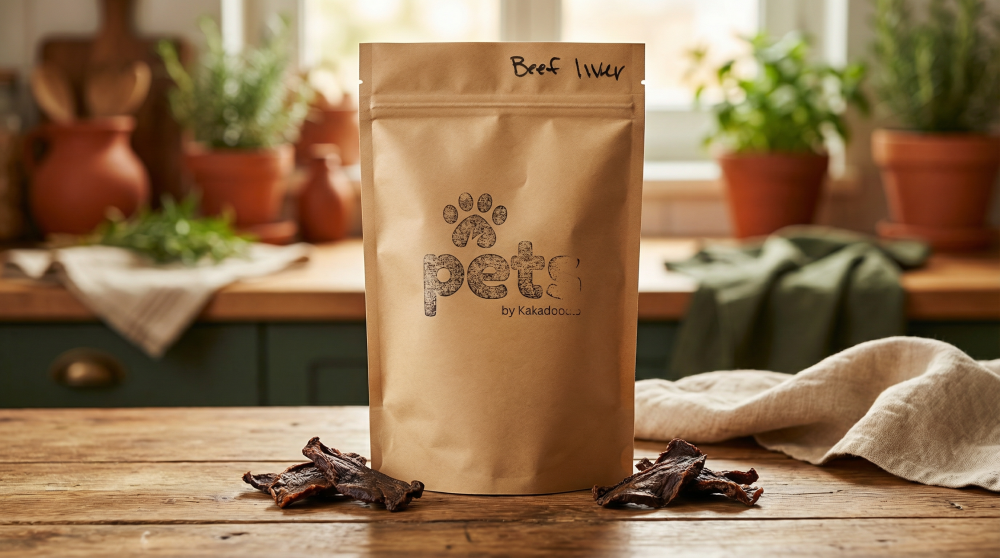article Better Than Organic?

We’ve been having a lot of conversations lately—at the farmers market, in our inbox, sometimes just in passing... about what makes food “healthy.” And one question keeps coming up again and again. It’s simple, honest, and surprisingly complicated.
Is Kakadoodle Organic?
It usually comes from a good place... someone trying to make a better choice for their family, or the planet. And for a long time, “organic” felt like the safest bet. The cleanest. The most trustworthy. So when we say, “We’re not organic. We're better.” it tends to stop people in their tracks.
That’s a bold thing to say, we know. But it’s not a dig at organic farmers. It’s a challenge to what the word “organic” has come to mean... and a nudge toward something deeper.
Because here’s the truth: most people don’t really know what organic is anymore. Not in the way it started. Not in the way it shows up in today’s industrial grocery system. And certainly not in the way it’s practiced on most farms that actually supply organic-labeled food.
So in this piece, inspired by that question, we want to unpack that.
- What was organic originally about?
- What happened when it scaled?
- And is there a path back to what it meant to be?
Thanks to changing habits, better tech, and a growing hunger for food that’s both real and responsible, we think the answer might be yes. But it won’t come from a label. It’ll come from a different kind of food system altogether.
Let’s dig in...
The Original Spirit of Organic
The inspiration for organic was to feed ourselves in line with the logic of nature... — Michael Pollan, The Omnivore’s Dilemma
Before organic became a label you could scan at the grocery store, it was a philosophy. It was a quiet revolution... farmers pushing back against chemical agriculture, trying to build something more in tune with the rhythms of the natural world.
Organic was never just about what wasn’t used... no synthetic pesticides, no fertilizers. It was about what was present: a closed-loop system where soil fertility came from compost, animals lived on pasture, and sunlight, not petroleum, powered the whole thing. The goal wasn’t efficiency. The goal was harmony.
Michael Pollan captures it perfectly: organic started as a way to feed ourselves in line with nature’s logic... not industrial logic. The soil wasn’t a medium to dump inputs into; it was alive. Animals weren’t machines in confinement; they were part of the ecosystem. Farmers weren’t just producers... they were stewards.
It was small, local, and deeply human. And for a while, it worked.
But then, the movement grew. And as it did, the spirit started to bend under the pressure of scale.
Organic Meets the Supermarket
Nature’s logic has proven no match for the logic of capitalism. — Michael Pollan
The trouble began when organic farming met the supermarket.
The original organic dream wasn’t just about avoiding chemicals... it was about being small-scale and deeply local. Sun-fed plants, pasture-raised animals, compost-fed soil. A food system rooted in place.
But supermarkets don’t operate on nature’s terms. They demand consistency, volume, shelf life... and above all, year-round availability. That means strawberries in January and bagged salad designed to last two weeks.
So to meet those demands, organic had to industrialize.
What began as a network of small, diversified farms rooted in local ecosystems started giving way to massive operations built for scale, not soil health.
- It adopted cross-country shipping and centralized processing.
- It prioritized uniformity and yield over biodiversity and locality.
- It began to look more and more like the system it was meant to challenge: monocultures, fossil fuel dependence, and even organic CAFOs (confined animal feeding operations).
Organic still banned synthetic chemicals... but in many cases, that was the only thing separating it from the industrial food chain it had once resisted.
The result? A paradox.
Today, you can buy organic eggs laid by hens that were technically “free-range”… but spent their entire lives indoors, packed into massive barns. The feed might be certified organic, but the system still relies on industrial confinement and long-distance distribution—not ecological principles.
Even the manure, which could be cycling nutrients and building soil on pasture, is treated as waste—stored, managed, and often trucked away—rather than as a resource in a living system.
The egg is a bit cleaner—but the system is anything but.
Organic became a set of rules to follow. No longer working with nature.
The numbers paint the picture:
- The U.S. organic market is now worth $69.7 billion per year—a record high as of 2023.
- But nearly all of that still moves through industrial supply chains built for cheap energy, long-distance transport, and centralized processing.
- Most “organic” eggs, dairy, and meat come from industrial-scale CAFOs, where animals are confined by the thousands... technically meeting organic standards, but falling short of ecological intent.
- Meanwhile, about 70% of U.S. grain-focused cropland is devoted to growing corn and soybeans—mostly for animal feed, not people. Much of that feed supports confined livestock, even in some organic systems—despite the fact that ruminants like cows were never meant to eat grain at all.
Organic has become a $70 billion success story—but much of it now runs on the same logic as conventional agriculture. Clean inputs, same system.
Organic is still better than conventional, no doubt. But the question is no longer “Is it clean?”
It’s: Is it enough?
And increasingly, the answer feels like no.
What Did We Compromise?
Organic was supposed to be the antidote to industrial food. In many ways, it still is. But when organic entered the super markets, it had to make tradeoffs. And some of those compromises cut deep... into nutrition, fairness, soil, and trust.
Let’s unpack them.
1. Is it actually healthier?
Organic avoids synthetic pesticides and fertilizers, which is a huge step forward. But that doesn’t automatically make it nutrient-dense. A certified organic tomato picked early, shipped cross-country, and stored for weeks may have fewer chemicals—but also less flavor, fewer phytonutrients, and a bigger fossil fuel footprint than a tomato from your local farm.
Consumers are catching on. Surveys show they believe regenerative food is more nutrient-dense, and early research backs that up. A study from the University of Washington found that crops grown with regenerative practices had higher levels of vitamins, minerals, and phytochemicals, likely because the soil they grew in was biologically active and alive.
Who does it benefit?
While the organic label has opened new markets, it’s also created new gatekeepers. Farmers in large organic supply chains often get squeezed by distributors and retail buyers, just like in conventional agriculture. Prices fluctuate. Contracts are rigid. And small farms struggle to compete with industrial-scale organic operations that can grow thousands of acres of salad greens in the desert.
True local and regenerative farmers—those who build soil, rotate animals, and sell within their community—are often left out of the system entirely.
What about the soil?
The original organic movement was all about the soil. But today's USDA Organic standards don’t guarantee soil health—they only prohibit certain inputs. That means it’s possible to be certified organic while still practicing monoculture, over-tillage, and soil depletion. All of which quietly erode the land's fertility over time... leaving the soil biologically exhausted, even if it's technically chemical-free.
You can farm organically and still wear out the land—just without Roundup.
And the consumer?
The modern food landscape is a maze of labels: organic, non-GMO, natural, grass-fed, free-range. Each one means something slightly different... and none tells the full story.
No wonder 44% of consumers who want regenerative products say they can't find them. Trust in the food system is low. People are tired of greenwashed packaging and certifications that don’t match their values.
What they want is something real. Something transparent. Something they can believe in again—because it doesn’t just sound healthy, it is healthy. For their bodies. For their kids. For the land that feeds them.
Enter Regenerative: A Return to First Principles
Regenerative isn’t just a label... it’s a way of farming that works with nature, not against it.
If organic started as a rebellion against industrial farming, regenerative is the return to its roots. It's not about doing less harm. It's about doing active good... healing soil, restoring ecosystems, and feeding people in ways that strengthen the land and human health at the same time. Because food that nourishes the soil tends to nourish us, too.
Regenerative farming means:
- Building soil through compost, cover crops, and minimal disturbance
- Rotating animals so nutrients cycle naturally across the land
- Capturing carbon in the ground instead of sending it into the atmosphere
- Mimicking natural ecosystems, where every part supports the whole
- Serving communities, not corporations
It’s not new. Indigenous farmers have worked this way for thousands of years. But today, the tools and technology exist to make it viable at scale—and to connect it with the modern consumer in ways that were impossible even a decade ago.
The awareness is still growing:
- A 2024 survey by Purdue University found that 71% of U.S. consumers are unfamiliar or only slightly familiar with "regenerative agriculture"
(Purdue Consumer Food Insights Report). - However, once educated about its benefits, 89% of the Emerging Regenerative Market are willing to pay more for regenerative products
(Regenified 2024 Consumer Report). - Brands that lead with transparency are seeing results: Regenerative Organic Certified (ROC) product sales grew an average of 25% from Q2 2023 to Q3 2024, totaling nearly $50 million in 2024
(Regenerative Organic Alliance Annual Report 2024).
So no, this isn’t a reinvention. It’s a revival. The values were always there. What’s changed is that now, for the first time in a long time, the systems are catching up to the ideals.
Why Now? Why Us?
If the organic movement lost its way trying to scale through the supermarket, regenerative might just find its footing by skipping the supermarket entirely. Because something important has changed—actually, a few things have.
1. Consumer behavior has changed—for good
Since the pandemic, the way people shop for food has fundamentally shifted.
- As of 2022, nearly 75% of U.S. households had purchased groceries online at least once, and 30% reported doing so more frequently after the pandemic
(Choices Magazine, "The Rise of the Ghosts") - And across all demographics, people are demanding both convenience and values—home delivery is no longer fringe, it’s expected.
Today’s shopper doesn’t just want clean food—they want it without the hassle. And for the first time ever, that’s actually possible.
2. Technology makes it possible
Just a decade ago, there was no practical way to move eggs, meat, and produce from dozens of small farms to thousands of individual homes. Today, not only is it possible... it’s efficient, scalable, and affordable.
- What used to take teams of developers and hundreds of thousands of dollars can now be built by a single person in a 150-year-old farmhouse—with the help of modern tools and AI.
- Route optimization, cold-chain logistics, and ecommerce infrastructure are no longer reserved for Amazon. They’re now accessible to independent farmers and food hubs—without venture capital.
- Cell phones are ubiquitous—customers use them to shop and track orders, while drivers use them for real-time routing and automated delivery notifications via SMS.
- And today’s consumer expects a beautiful, seamless digital experience—even when shopping for eggs. That bar is high. But thanks to modern software stacks, we can meet it.
The result? Local food, once limited by geography and logistics, can now deliver not just on ethics... but also on convenience.
Regenerative is no longer out of reach. It’s at your fingertips.
Organic made the promise.
Regenerative can fulfill it.
And Kakadoodle is here to prove it—not with a certification, but with action, transparency, and connection.
A Revival Worth Supporting
We’re not anti-organic. We’re here to finish what it started.
What people hoped for when they started buying organic—clean food, healthy soil, better health, and fair treatment for farmers—is exactly what regenerative farming is delivering today.
The difference?
This time, the tools exist to make it work at scale without needing to go through the traditional supply chains that end up at the super markets across the country.
- Logistics. Mobile. AI.
- Systems that used to require venture capital and corporate infrastructure now run from a farmhouse kitchen table.
People no longer need to choose between what's right and what's easy.
With Kakadoodle, they get both.
We believe food should:
- Heal the land
- Kick cancer in the ass
- And rebuild trust in what we eat
We're not organic.
We're better.
